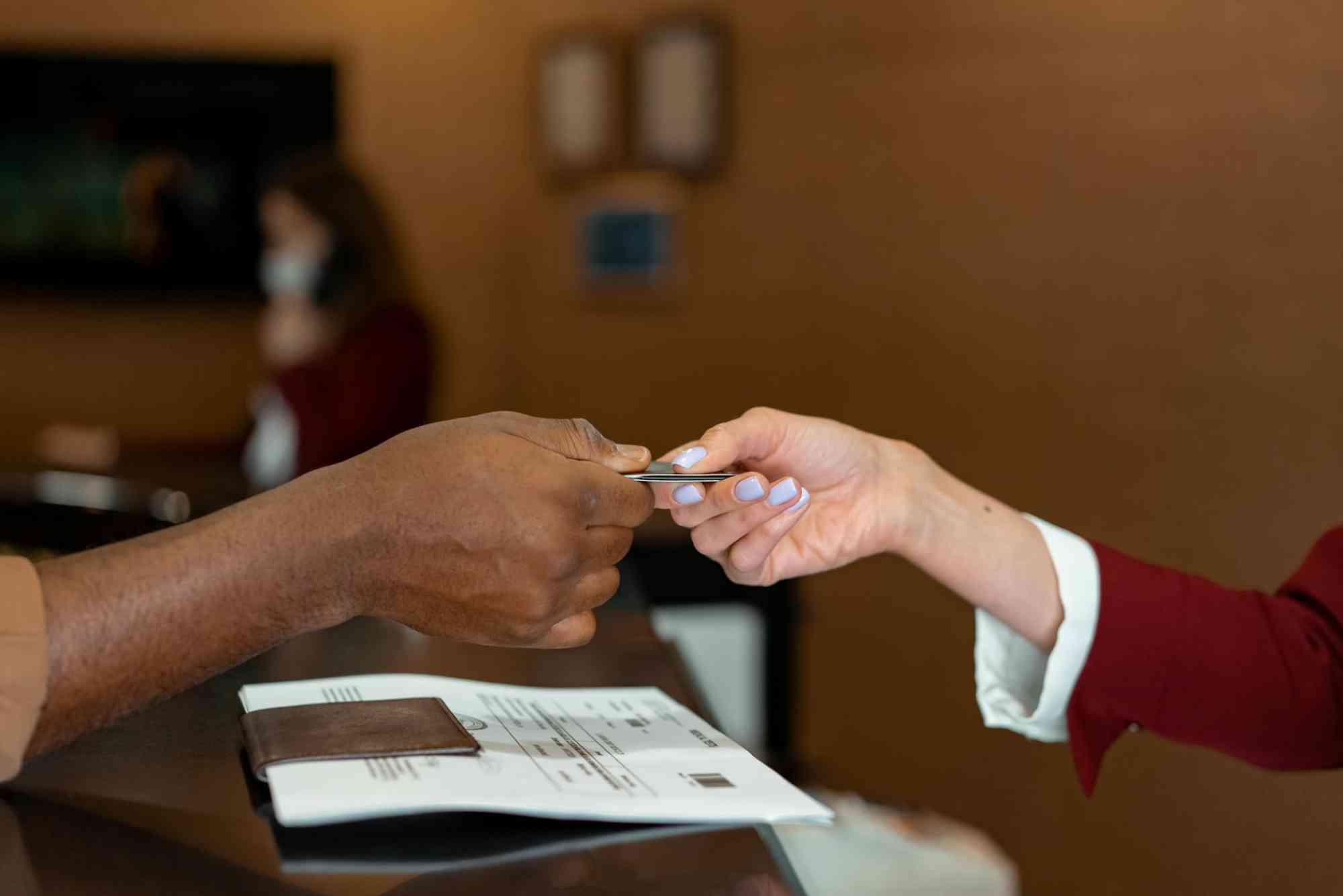Vintage Without Overpaying This Weekend
Are you ready to uncover hidden vintage treasures without breaking the bank? Shopping for vintage can feel overwhelming, especially when prices vary widely. The key is knowing how to spot authentic pieces and navigate deals strategically. This guide will help you enjoy vintage without overpaying this weekend, ensuring you leave with style and savings.
Understanding Vintage Value
What Makes Vintage Valuable?
Vintage pieces carry value for several reasons: age, rarity, brand, and condition. Classic brands or iconic designs often fetch higher prices. However, not all pricey items are genuinely valuable. Learning how to assess quality will save you from overspending.
Spotting Quality Materials
Check fabrics, stitching, and hardware. Natural fabrics like wool, silk, or cotton often indicate quality. Inspect seams, buttons, and zippers carefully. Authentic vintage will show wear but maintain durability.
Knowing the Trends
Certain vintage styles are more sought after. Items like 90s denim, leather jackets, and retro accessories often retain value. Keep an eye on current fashion trends to understand what is popular and what is a timeless investment.
Where to Hunt for Vintage Without Overpaying
Thrift Stores and Secondhand Shops
Thrift stores often have gems priced far below online marketplaces. Visit local stores early in the day for the best selection. Smaller, lesser-known shops sometimes offer unexpected treasures at bargain prices.
Flea Markets and Weekend Markets
Weekend markets are perfect for finding vintage deals. Sellers often price items to sell quickly, giving you leverage to negotiate. Arrive early to get first picks or late for possible price drops.
Online Marketplaces
Platforms like eBay, Depop, and Etsy can be great for vintage shopping. Use filters to compare prices, read seller reviews, and verify authenticity. Watch out for inflated prices and always research market value before buying.
Smart Strategies to Avoid Overpaying
Set a Budget
Determine how much you’re willing to spend before you shop. Having a clear budget helps prevent impulse purchases and overpaying for trendy items.
Compare Prices
Check multiple sources for similar items. Comparing prices ensures you are paying a fair amount. Keep track of average prices for brands or items you want.
Negotiate When Possible
Don’t hesitate to haggle, especially at flea markets and smaller stores. Polite negotiation often results in a better deal. Mention small flaws or market comparisons to justify a lower price.
Check Authenticity
Research items before purchasing. Look for tags, labels, or stamps that indicate genuine vintage. Avoid items that seem “too perfect” or brand-new, as they might be reproductions.
Caring for Your Vintage Finds
Proper Cleaning
Clean your vintage pieces according to their material. Dry cleaning works for delicate fabrics, while gentle hand washing is suitable for cotton and linen. Proper care extends the life of your vintage collection.
Storage Tips
Store items in breathable garment bags or boxes. Avoid plastic, which can trap moisture and damage fabrics. Keep leather and suede away from direct sunlight to prevent cracking and fading.
Minor Repairs
Simple repairs like replacing buttons, sewing minor tears, or reinforcing seams can make a vintage item wearable without a high cost. A small investment in repairs can greatly enhance the value and longevity of your finds.
How to Plan Your Vintage Weekend
Map Out Stores and Markets
Plan your route in advance to hit multiple spots efficiently. Prioritize shops known for quality vintage to maximize your time and savings.
Track Deals and Promotions
Some stores offer weekend discounts or loyalty perks. Subscribe to newsletters or follow social media accounts of local vintage stores to stay informed.
Go With a Friend
Shopping with a friend helps in spotting overlooked items. It also allows you to compare opinions before spending on high-ticket items.
Vintage Shopping Mindset
Patience Pays Off
Vintage shopping requires time and patience. Don’t rush; sometimes the perfect piece appears after multiple visits.
Focus on What You Love
Choose items that fit your style. Even if something is a bargain, it’s not worth buying if you won’t wear or use it.
Keep Learning
The more you explore vintage, the better your eye becomes for quality and value. Reading guides, attending workshops, and following fashion experts will help refine your skills.
FAQ: Vintage Without Overpaying This Weekend
How do I know if a vintage item is authentic?
Check for labels, stitching quality, hardware, and wear patterns. Research brand-specific markers and compare with verified pieces.
Is it better to shop online or in-store for vintage?
Both have advantages. In-store allows hands-on inspection and negotiation, while online offers broader selection and convenience.
Can I negotiate prices at vintage stores?
Yes, especially at flea markets or small shops. Politely mention flaws or comparable market prices to discuss discounts.
What vintage items hold value over time?
Leather jackets, designer handbags, classic denim, and iconic accessories tend to retain or increase in value.
How should I care for delicate vintage fabrics?
Use gentle cleaning methods, such as hand washing or dry cleaning. Store in breathable containers and avoid direct sunlight.
Finding vintage without overpaying this weekend is completely achievable with the right knowledge and strategies. Focus on quality, compare prices, and use smart shopping tactics to ensure every purchase is worth it. Start planning your weekend hunt now, and embrace the thrill of discovering unique vintage pieces.
Don’t wait—grab your map, set your budget, and make this weekend your ultimate vintage adventure!




